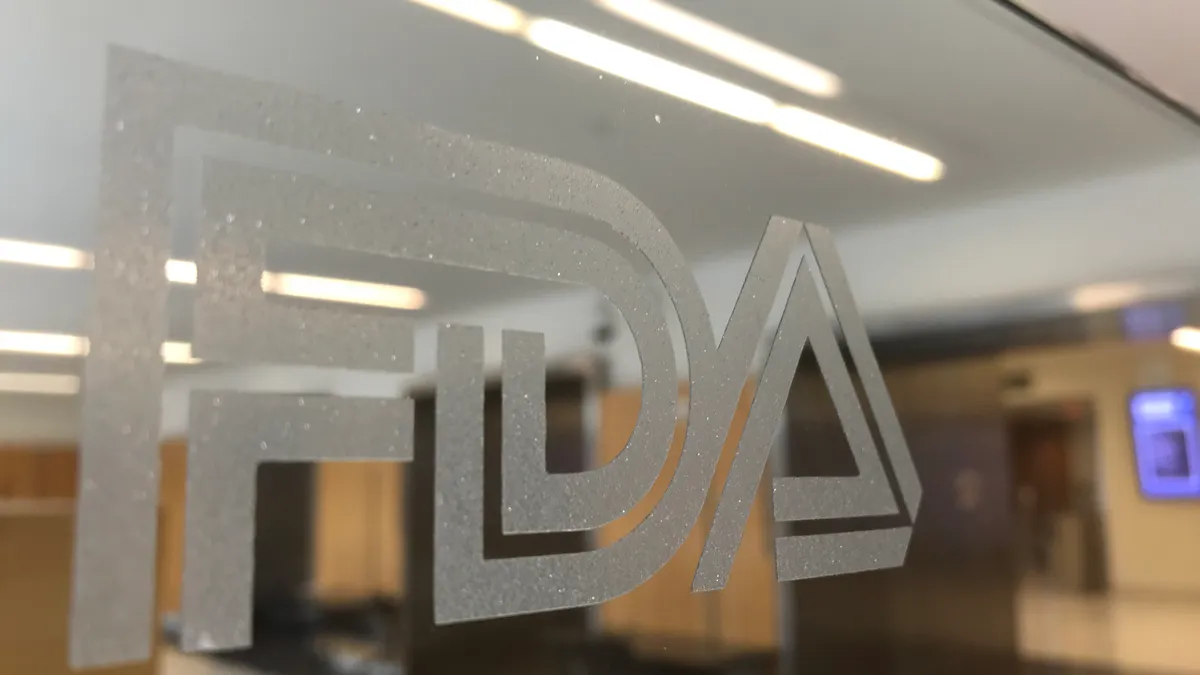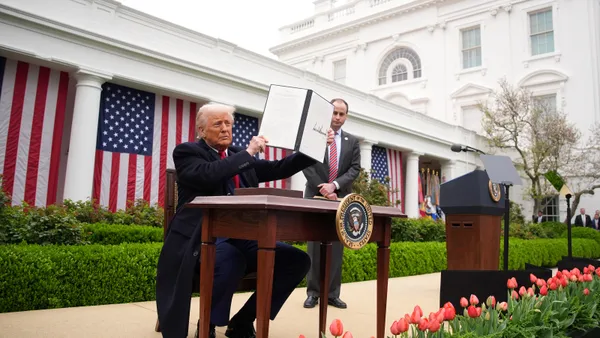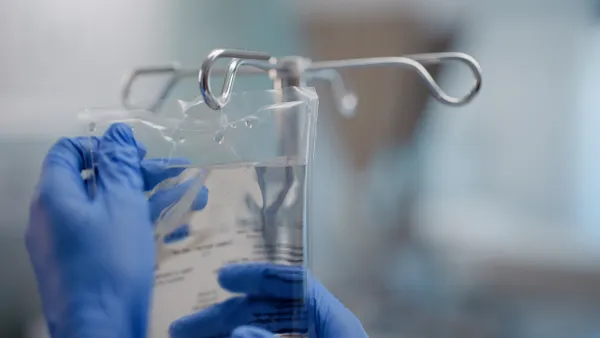Dive Brief:
-
Pediatric device approvals reached a decade-high in fiscal year 2017, according to data included in an annual report to Congress posted by FDA this week. Still, the 16 PMAs and two humanitarian device exemptions the agency authorized for young patients covered only 27% of all devices approved by the agency that year. The average over the last 10 years is about 24%, FDA said.
-
But much of the benefit from the increase in approvals may not actually be reaching children. FDA defines the pediatric population as individuals up to 21 years of age, and close to 40% of those pediatrics approvals were indicated for patients age 18 or older.
-
Although FDA allows device makers to extrapolate adult data to similar pediatric populations when appropriate, only one of the PMAs relied on adult data to support its bid for use in pediatric patients. FDA noted that, of the remaining 48 approvals indicated for adults in FY2017, 42 crossed over with a disease or condition that occurs similarly within a pediatric subpopulation. American Academy of Pediatrics CEO Mark Del Monte called it "a missed opportunity to improve children's health" in a statement emailed to MedTech Dive.
Dive Insight:
The most recently reported statistics show modest progress in increasing volume and balancing age distribution of pediatric approvals.
A quarter of the 16 pediatric-indicated PMA devices in 2017 were concentrated in diabetes: CGM and insulin pump systems from Dexcom, Abbott, Tandem and former Johnson & Johnson pump business Animas.
The list also included three laser systems, two defibrillators, two diagnostic tests, a sinus implant, a transcatheter pulmonary valve and an occluder for patients with patent foramen ovale, a hole in the heart that can lead to stroke. Just two of the devices — a vagus nerve stimulation system and a ventricular assist device — were designed first and foremost with children in mind, which allowed those manufacturers to forego application fees.
The two humanitarian device exemptions went to an esophageal atresia device and an aneurysm neck reconstruction device.
Kolaleh Eskandanian, chief innovation officer at Children's National Health System and principal investigator of the National Capital Consortium for Pediatric Device Innovation, said in comments emailed to MedTech Dive that because FDA's report does not include 510(k) clearances of Class I and II devices or De Novos, Congress isn't necessarily given a complete picture of how many pediatric medical devices are introduced to the market in a given year.
But, among the marketing authorizations shown over the last decade, there appears to be uneven distribution of new device approvals among various pediatric age groups.
While FY2017's approvals notably served all four pediatric age groups, the majority of pediatric devices approved over the last decade are not indicated for children under the age of 12. What's more, a large portion of the devices indicated for FDA's 'adolescents' category are only authorized for use in patients 18 or older.
"Although minimal progress has been made in terms of PMA and HDE cleared devices for pediatric use, there still remains a large gap of life-saving devices for the youngest sub-population of pediatrics," Eskandanian said.
"Device sponsors may take credit for certain pediatric incentives but develop devices for the oldest sub-population," she added. "There is an opportunity for more children's hospitals to play an integral role in addressing this gap by providing clinical expertise and clinical trials infrastructure to device innovators."
The American Academy of Pediatrics (AAP) pushed for the 2007 Pediatric Medical Device Safety and Improvement Act, which established research priorities for pediatric devices and bolstered the FDA's postmarket surveillance of devices used in children. It also paved the way for the Pediatric Device Consortia (PDC) grant program which has brought together health systems and research centers at sites across the country to help develop, test and commercialize pediatric-first medical devices.
And, approximately a decade after some of those efforts were put into place, gains remain slow.
"This report shows that we still have a long way to go when it comes to improving medical devices for children. In particular, it is important that children can benefit from advancements in medical devices for adults," AAP's Del Monte said.
The report is FDA's eighth to Congress on pediatric device approvals since the FDA Amendments Act of 2007 added the requirement.













